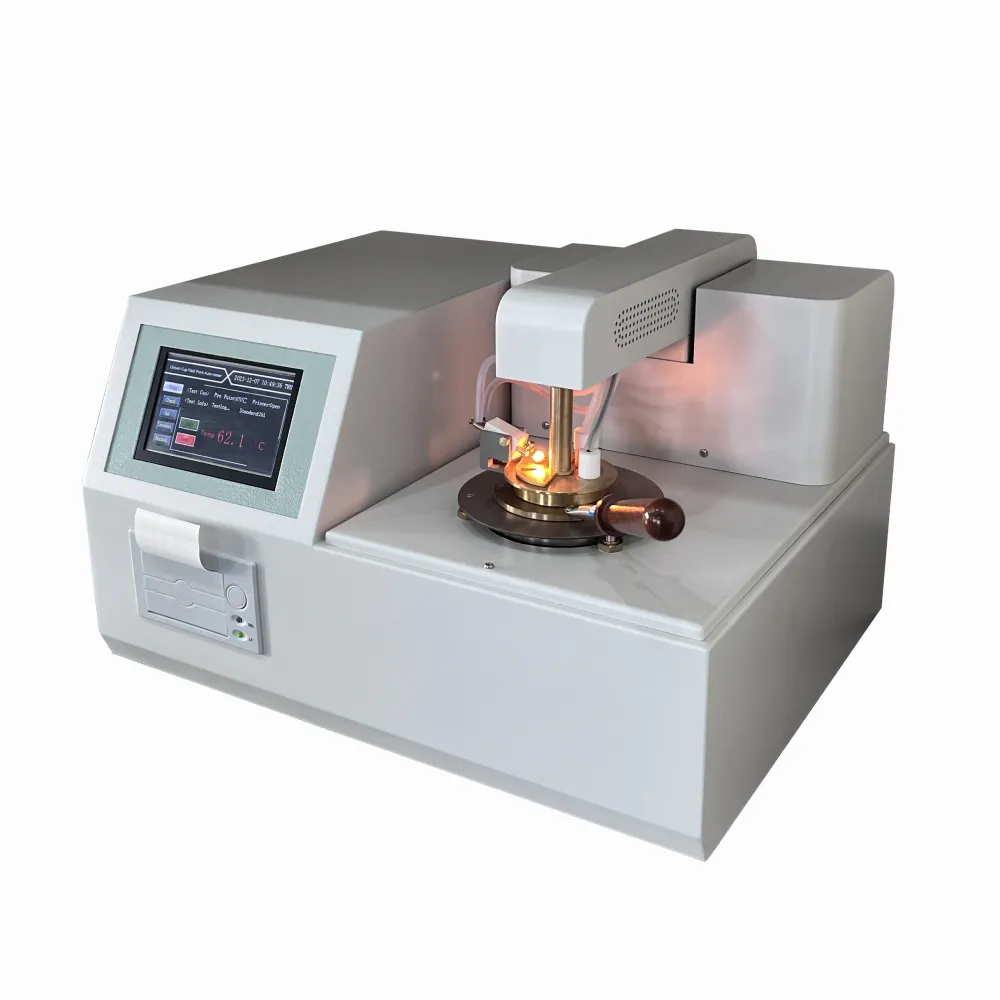 English
English



-
 Afrikaans
Afrikaans -
 Albanian
Albanian -
 Amharic
Amharic -
 Arabic
Arabic -
 Armenian
Armenian -
 Azerbaijani
Azerbaijani -
 Basque
Basque -
 Belarusian
Belarusian -
 Bengali
Bengali -
 Bosnian
Bosnian -
 Bulgarian
Bulgarian -
 Catalan
Catalan -
 Cebuano
Cebuano -
 China
China -
 China (Taiwan)
China (Taiwan) -
 Corsican
Corsican -
 Croatian
Croatian -
 Czech
Czech -
 Danish
Danish -
 Dutch
Dutch -
 English
English -
 Esperanto
Esperanto -
 Estonian
Estonian -
 Finnish
Finnish -
 French
French -
 Frisian
Frisian -
 Galician
Galician -
 Georgian
Georgian -
 German
German -
 Greek
Greek -
 Gujarati
Gujarati -
 Haitian Creole
Haitian Creole -
 hausa
hausa -
 hawaiian
hawaiian -
 Hebrew
Hebrew -
 Hindi
Hindi -
 Miao
Miao -
 Hungarian
Hungarian -
 Icelandic
Icelandic -
 igbo
igbo -
 Indonesian
Indonesian -
 irish
irish -
 Italian
Italian -
 Japanese
Japanese -
 Javanese
Javanese -
 Kannada
Kannada -
 kazakh
kazakh -
 Khmer
Khmer -
 Rwandese
Rwandese -
 Korean
Korean -
 Kurdish
Kurdish -
 Kyrgyz
Kyrgyz -
 Lao
Lao -
 Latin
Latin -
 Latvian
Latvian -
 Lithuanian
Lithuanian -
 Luxembourgish
Luxembourgish -
 Macedonian
Macedonian -
 Malgashi
Malgashi -
 Malay
Malay -
 Malayalam
Malayalam -
 Maltese
Maltese -
 Maori
Maori -
 Marathi
Marathi -
 Mongolian
Mongolian -
 Myanmar
Myanmar -
 Nepali
Nepali -
 Norwegian
Norwegian -
 Norwegian
Norwegian -
 Occitan
Occitan -
 Pashto
Pashto -
 Persian
Persian -
 Polish
Polish -
 Portuguese
Portuguese -
 Punjabi
Punjabi -
 Romanian
Romanian -
 Russian
Russian -
 Samoan
Samoan -
 Scottish Gaelic
Scottish Gaelic -
 Serbian
Serbian -
 Sesotho
Sesotho -
 Shona
Shona -
 Sindhi
Sindhi -
 Sinhala
Sinhala -
 Slovak
Slovak -
 Slovenian
Slovenian -
 Somali
Somali -
 Spanish
Spanish -
 Sundanese
Sundanese -
 Swahili
Swahili -
 Swedish
Swedish -
 Tagalog
Tagalog -
 Tajik
Tajik -
 Tamil
Tamil -
 Tatar
Tatar -
 Telugu
Telugu -
 Thai
Thai -
 Turkish
Turkish -
 Turkmen
Turkmen -
 Ukrainian
Ukrainian -
 Urdu
Urdu -
 Uighur
Uighur -
 Uzbek
Uzbek -
 Vietnamese
Vietnamese -
 Welsh
Welsh -
 Bantu
Bantu -
 Yiddish
Yiddish -
 Yoruba
Yoruba -
 Zulu
Zulu
Gas Chromatography Analysis for Complex Mixture Characterization and Component Identification
Gas Chromatography Test An Overview
Gas Chromatography (GC) is an essential analytical technique widely employed in chemistry for separating and analyzing compounds that can be vaporized without decomposition. Thanks to its efficiency, sensitivity, and ability to handle a variety of samples, GC has become a standard method in laboratories across the globe, playing a vital role in fields such as environmental monitoring, pharmaceuticals, food safety, and forensic science.
At its core, gas chromatography involves the separation of volatile compounds based on their interaction with a stationary phase while they are carried along by a mobile gas phase. The process begins by injecting a small volume of liquid or gaseous sample into the chromatograph's injector, where it is vaporized. A carrier gas, typically helium or nitrogen, transports the sample through a column filled with a specific stationary phase, which may be a liquid or a solid.
Gas Chromatography Test An Overview
Gas chromatography is particularly favored for its high resolution, which enables the separation of complex mixtures. In applications such as environmental analysis, GC is used to detect pollutants in air, water, and soil. For instance, it can identify volatile organic compounds (VOCs) that may pose health risks or contribute to environmental degradation. Similarly, in the pharmaceutical industry, GC is employed to analyze raw materials and finished products, ensuring adherence to safety and quality standards.
gas chromatography test

One of the significant advancements in gas chromatography is the development of mass spectrometry (GC-MS), a powerful combination technique that allows for the identification and quantification of compounds at trace levels. In GC-MS, the separated compounds are transported to a mass spectrometer, where they are ionized and fragmented. The resulting mass spectrum provides detailed information about the molecular weight and structure of the analytes, enhancing the analytical capabilities of GC.
In food safety, gas chromatography plays a crucial role in detecting adulterants and contaminants, ensuring that products meet regulatory standards. For example, it can be used to analyze the presence of pesticide residues, flavoring agents, and other substances that may affect food quality or safety. By monitoring these factors, food manufacturers can maintain consumer trust and comply with health regulations.
The versatility of gas chromatography extends to various fields, allowing it to adapt to different types of samples and analysis needs. From pharmaceuticals and environmental samples to foods and forensic evidence, GC continues to serve as a critical tool for scientists and researchers.
The ongoing development in gas chromatography technology, such as advancements in column materials and detector sensitivity, is expected to further enhance its capabilities. As analytical needs evolve, GC is poised to remain at the forefront of analytical chemistry, providing reliable and efficient analysis for various applications.
In summary, gas chromatography is a fundamental technique in modern analytical chemistry. Its ability to separate and analyze volatile compounds with precision makes it indispensable across multiple industries. Whether in ensuring environmental safety, maintaining food quality, or validating pharmacological standards, gas chromatography tests provide vital information that supports scientific research and societal health.
-
Ensuring SF₆ Gas Safety: Introducing PUSH’s Integrated SF₆ Analyzer for Dew Point, Purity, and Decomposition MonitoringNewsJul.10,2025
-
Exploring the Main Types of Industrial Endoscopes and Their Applications Across IndustriesNewsJul.04,2025
-
Testing Equipment Industry Sees Major Advancements in 2025: Smart & Precision Technologies Lead the WayNewsJun.06,2025
-
Applications of Direct Current Generators in Renewable Energy SystemsNewsJun.05,2025
-
Hipot Tester Calibration and Accuracy GuidelinesNewsJun.05,2025
-
Digital Circuit Breaker Analyzer Features and BenefitsNewsJun.05,2025



